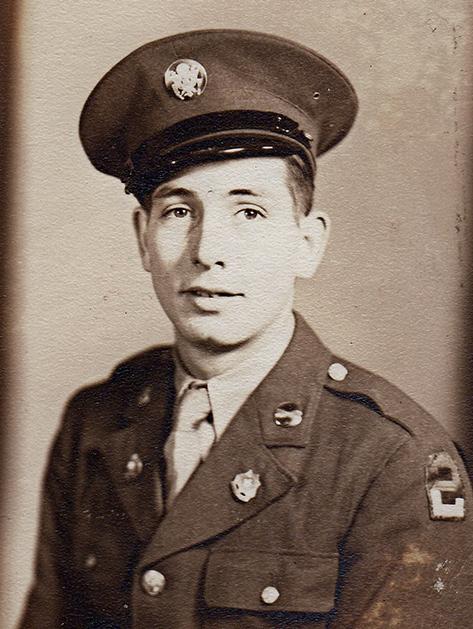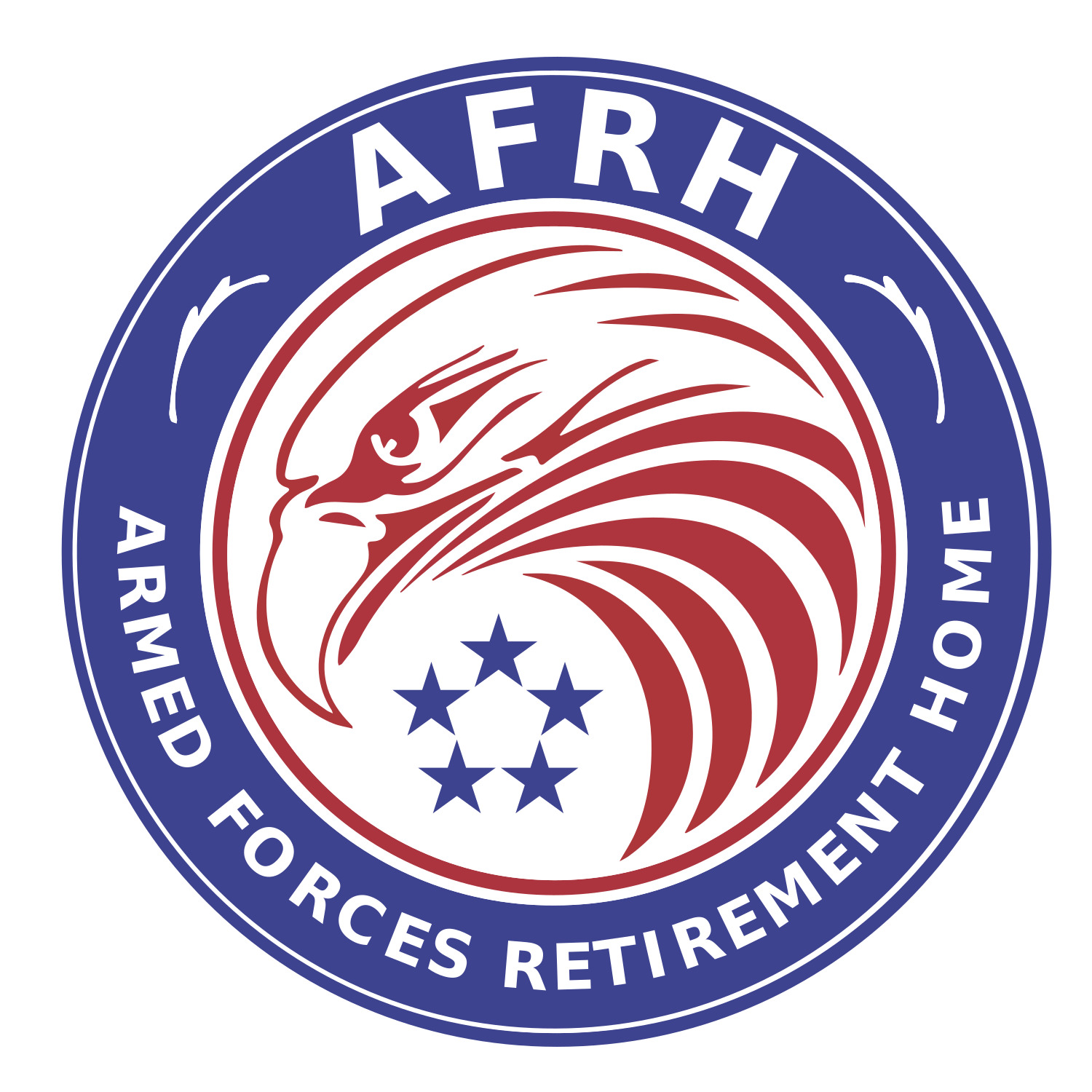
By Mary Kay Gominger
The Lipizzan horses, famous for their agility and strength, beauty, grace, and uncanny ability to perform precision movements in the dressage arena, have roots that trace back to the 16th century. The Lipizzan is a breed of horse closely associated with the Spanish Riding School of Vienna, Austria. Almost exclusively gray or white in color, Lipizzans, through the years, have etched a spot in horse lovers hearts all over the world with their inspiring talent and showmanship in the riding ring.
One of our residents, Army veteran Raymond Chatterton, has a connection with the Lipizzan horse that goes beyond being a spectator of their world famous performance. Ray, in 1945 while serving with General George S. Patton’s 2nd U.S. Cavalry Group, was instrumental in the rescue of the Lipizzans which were threatened by bombing raids, starvation and slaughter, had the Army not stepped in and evacuated the herd from Austria.
“I was part of the 2nd Cavalry Reconnaissance,” Ray said. “I was positioned in the point vehicle that cleared the roads for the horses to be transported. At one point, about 20 miles inside Czechoslovakia, we got hit by platoon of German marines. We captured the platoon and got the horses moved through. We kept the horses safe until they could be returned to Austria after the war.”
Ray recalled feeding and exercising the horses as they waited to safely return the horses to the people of Austria and the Spanish Riding School. It is estimated that approximately 250 Lipizzans survived the war and today, that number exceeds 3,000. His units’ efforts saved the horses as well as an equestrian tradition.
Born in rural upstate New York, Ray, now 86, spent most of his childhood, when not working on the farm tending cows, on a tractor, or in the vegetable garden, in the woods. So when he joined the Army in 1941, reconnaissance work was the perfect fit. In the shadow of the woods was where he felt most at home.
Ray earned two Purple Hearts (1945 and 1951) and a Bronze Star (1945) and numerous other awards during his 24 years in the Army. He is the survivor of not one, but two, vehicle explosions. One he has no memory of whatsoever.
“I came to in the hospital and I couldn’t remember what happened,” Ray recalled. “What I did know was that I didn’t have any teeth. The explosion blew my teeth out of my mouth.”
The Army fixed him up and sent him back to the front sporting a new pair of teeth.
Ray has lived at the AFRH in Washington since 1986.
- Log in to post comments
